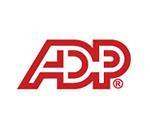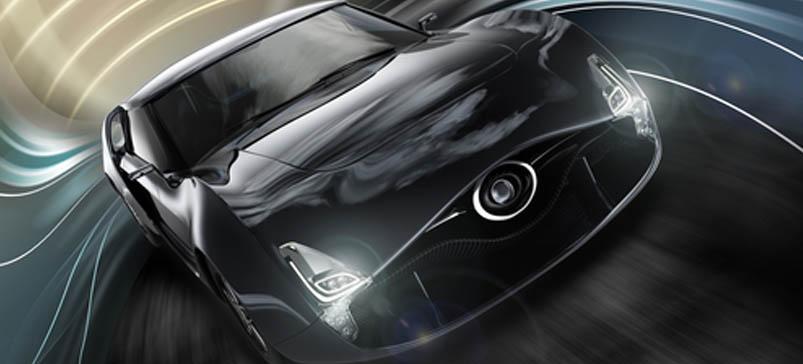
A zero-emissions vehicle (ZEV) is an automobile that releases zero tailpipe pollution from its’ onboard source of power. The need for zero-emission vehicles is apparent, as we look to protect our environment. The International Zero-Emission Vehicle Alliance (ZEV Alliance) is a conglomeration of several national governments who’ve come together to develop and promote ZEV technology. Their goals are progressive and ambitious, but never too far out of reality’s reach. ZEV alliance members act independently in pursuit of their individual goals, yet as a collective when it comes to the general advancement of ZEVs.
The Driving Force Behind ZEVs
Powered by an electric motor, battery-powered vehicles are rechargeable and eco-friendly. These vehicles don’t require traditional combustion engines. Rather, they function by passing electrical energy from the battery through wire coils located in the engine creating magnetic fields. This magnetic reaction rotates rotors, moving the wheels and thus propelling the vehicle. When the vehicle decelerates, the process runs in reverse. The motor is used to slow the vehicle down, essentially operating as a miniature generator using the vehicle’s own inertia to charge the battery. The process is called regenerative braking and it can add up to 10 miles to the vehicle’s fuel range. Since electric vehicles use magnetic fields to create their own power, they don’t produce tailpipe emissions. Currently, most ZEVs offer traveling ranges of over 100 miles.
ZEVs in the Market
There’s more to the zero-emission initiative than imagination and idealism; there have been some tangible results as the vehicles skyrocket in popularity. In November of 2014, the Renault-Nissan Alliance sold its 200,000th zero-emission car. The Nissan LEAF is the top-selling electric vehicle worldwide with sales steadily increasing annually. Renault-Nissan ZEV’s have collectively been driven about 4 billion kilometers, so people are buying ZEV’s and getting them on the road. ZEVs can offer businesses new alternatives for reducing transportation costs and Actsoft technology can help protect their eco-friendly investments.
Keeping Track of Assets with Actsoft
Actsoft’s Comet Fleet technology provides accurate GPS tracking, which reveals vehicle locations, traveling directions and historical routes to decision makers back in the office. When analyzed, this information makes dispatching more efficient and that can raise your company’s overall productivity. Actsoft’s Asset Tracker uses GPS positioning and motion-based technology to keep an eye on company vehicles for security purposes. As efficient as they are, ZEVs aren’t currently topping lists for most stolen vehicles, but it’s always a good business practice for supervisors to know where their assets are. Comet Fleet can also be used to review the time ZEVs spend stopped during routes and that can improve travel efficiency in addition to keeping company vehicles on roads longer.
Management can set alerts and reports to let them know when high-value assets are on the move. Trackers can be installed in vehicles to immediately reveal their locations and supervisors can choose to receive real-time updates on asset movement daily, or they can set specific notification parameters.
ZEVs can potentially save companies thousands of dollars in fuel costs annually if they’re used as fleet vehicles. Even though the savings could be ludicrous, the vehicles still require routine maintenance to remain operational. Actsoft’s Comet Suite applications can provide detailed insight into vehicle statuses, keeping them functional and safe for drivers.
Have any questions on how Actsoft can help you?
Call (888) 732-6638 or Receive a Live Webinar















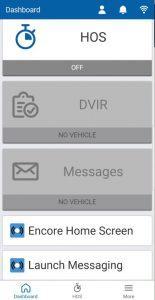
 Encore & Geotab Drive
Encore & Geotab Drive
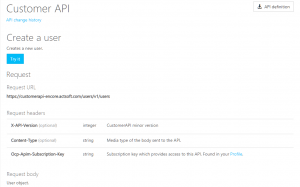




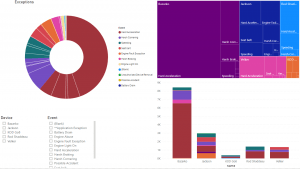
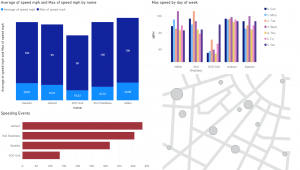


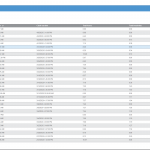
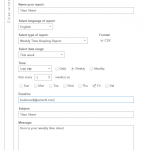



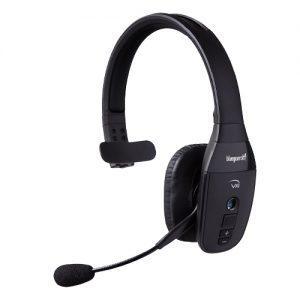


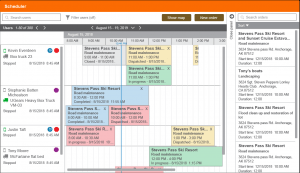



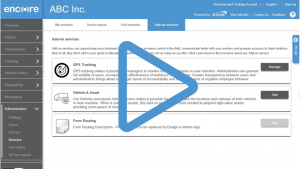

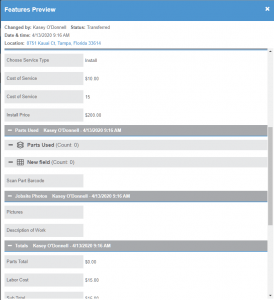
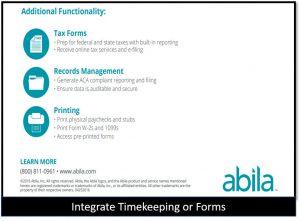
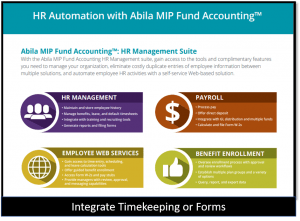

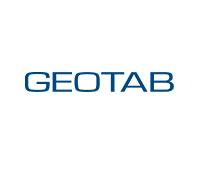 Gain even greater insight into the daily activities of your fleet using the combination of Geotab and Actsoft. Geotab devices provide detailed data collection and seamless integration with our solutions; learn more about the ways your vehicles are being used daily with the power of this tandem.
Gain even greater insight into the daily activities of your fleet using the combination of Geotab and Actsoft. Geotab devices provide detailed data collection and seamless integration with our solutions; learn more about the ways your vehicles are being used daily with the power of this tandem.



 Actsoft partnered with Odin to provide our solutions overseas, through payment processing integrations. Odin helps us support user management for our software; customers can also purchase our products through Odin’s billing platform.
Actsoft partnered with Odin to provide our solutions overseas, through payment processing integrations. Odin helps us support user management for our software; customers can also purchase our products through Odin’s billing platform.

 VisTracks powers our Electronic Logging Device (ELD) solution, which enables transportation businesses to easily automate their hours of service logs, remain in governmental compliance, and reduce their potential to incur costly fines.
VisTracks powers our Electronic Logging Device (ELD) solution, which enables transportation businesses to easily automate their hours of service logs, remain in governmental compliance, and reduce their potential to incur costly fines. Integration between Actsoft solutions and BeWhere’s software products is available. Take your team’s asset tracking, cellular data connectivity, and field insight a step further with effective, cross-application compatibility.
Integration between Actsoft solutions and BeWhere’s software products is available. Take your team’s asset tracking, cellular data connectivity, and field insight a step further with effective, cross-application compatibility.
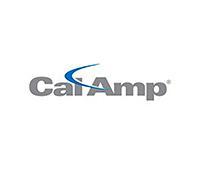 CalAmp tracking devices for vehicles and assets alike are compatible with Actsoft solutions, making it easy for you to efficiently monitor your equipment and fleet cars. Help your team enhance accountability, safety, and savings through a combination of easily installed hardware and intuitive software.
CalAmp tracking devices for vehicles and assets alike are compatible with Actsoft solutions, making it easy for you to efficiently monitor your equipment and fleet cars. Help your team enhance accountability, safety, and savings through a combination of easily installed hardware and intuitive software.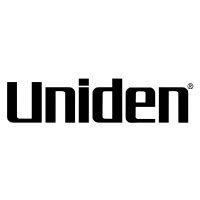 Our partnership with Uniden is ideal for companies looking to gain advanced diagnostics on their fleets. Uniden’s extensive product listing of car electronics like radios, dash cams, radar detectors, and in-vehicle communicators work in concert with Actsoft’s solutions to better connect your vehicles to the company headquarters.
Our partnership with Uniden is ideal for companies looking to gain advanced diagnostics on their fleets. Uniden’s extensive product listing of car electronics like radios, dash cams, radar detectors, and in-vehicle communicators work in concert with Actsoft’s solutions to better connect your vehicles to the company headquarters.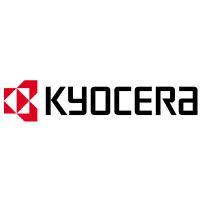 Kyocera offers a wide range of mobile devices, ranging in design from traditional phones to ultra-durable handset technology. Actsoft is able to equip organizations in a variety of different industries with solutions for improved business, while Kyocera supplies the technology they can flawlessly operate on.
Kyocera offers a wide range of mobile devices, ranging in design from traditional phones to ultra-durable handset technology. Actsoft is able to equip organizations in a variety of different industries with solutions for improved business, while Kyocera supplies the technology they can flawlessly operate on.

 Our software is the perfect complement to Apple’s user-friendly technology. Equip your workforce with the devices and solutions it needs for optimized productivity during daily operations with Apple and Actsoft.
Our software is the perfect complement to Apple’s user-friendly technology. Equip your workforce with the devices and solutions it needs for optimized productivity during daily operations with Apple and Actsoft.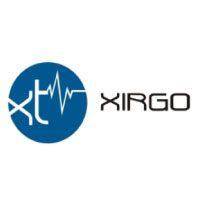
 Actsoft and Sanyo teamed up to merge intuitive business management software with the technology of today. This partnership allows us to provide you with all the tools your team needs for improved workflows, better coordination, and optimized productivity.
Actsoft and Sanyo teamed up to merge intuitive business management software with the technology of today. This partnership allows us to provide you with all the tools your team needs for improved workflows, better coordination, and optimized productivity. Motorola’s mobile technology works in tandem with our solutions to provide extra versatility to your business practices. Coupled with our software’s features, Motorola’s reliable devices make connecting your workforce simpler than ever to do.
Motorola’s mobile technology works in tandem with our solutions to provide extra versatility to your business practices. Coupled with our software’s features, Motorola’s reliable devices make connecting your workforce simpler than ever to do. We’re able to bundle certain solutions of ours (including our Electronic Visit Verification options) with Samsung devices to help your team achieve as much functionality as possible, while keeping rates affordable. Use these combinations for accurate recordkeeping, improved communication, and smarter data collection in the field.
We’re able to bundle certain solutions of ours (including our Electronic Visit Verification options) with Samsung devices to help your team achieve as much functionality as possible, while keeping rates affordable. Use these combinations for accurate recordkeeping, improved communication, and smarter data collection in the field.